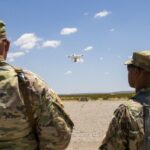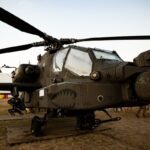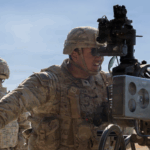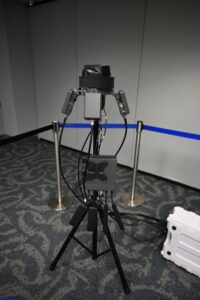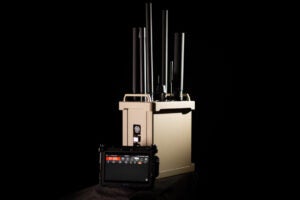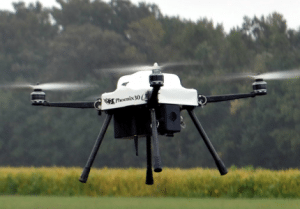
HUNTSVILLE, Ala. – In May 2018, the Army plans to field a laser to knock small unmanned aerial systems (UAS) out of the sky.The laser will augment other capabilities already fielding as part of the Counter-UAS Mobile Integration Capability (CMIC), according to Maj. Gen. Terry McKenrick, chief of the Army’s Joint Modernization Command.The laser will be part of the CMIC “defeat mechanism,” McKenrick said. The Army does not yet know on what vehicle it will mount the laser, but a…

 By
By 